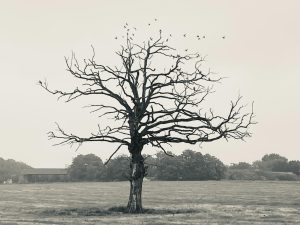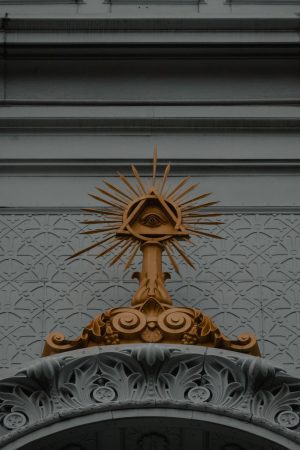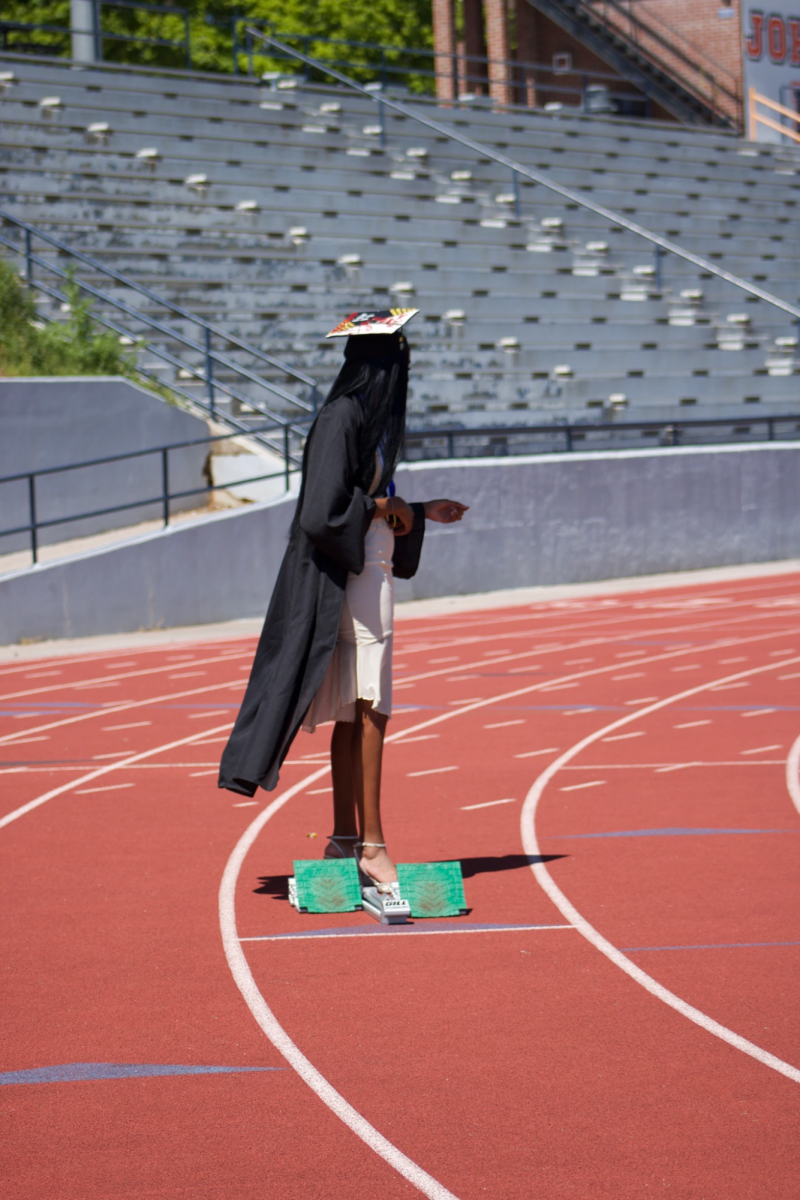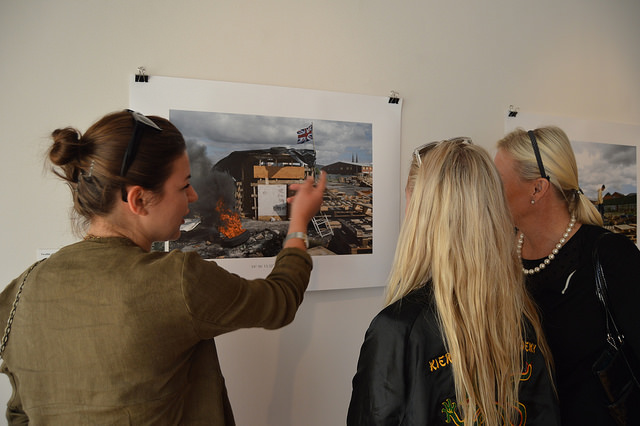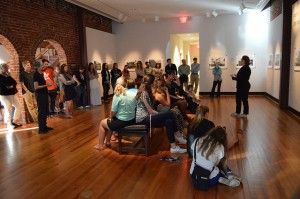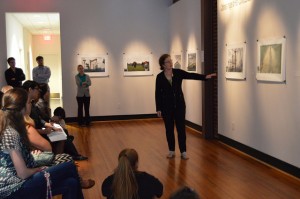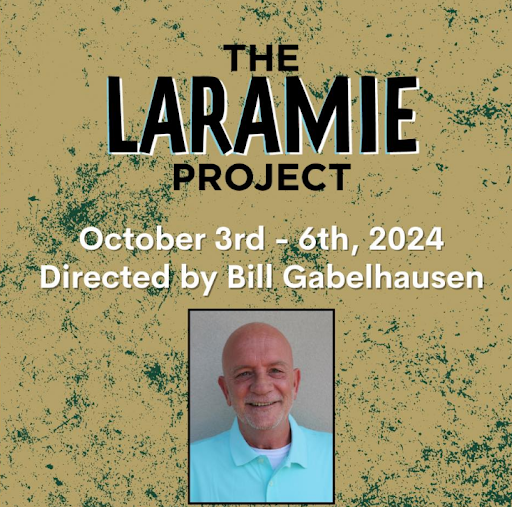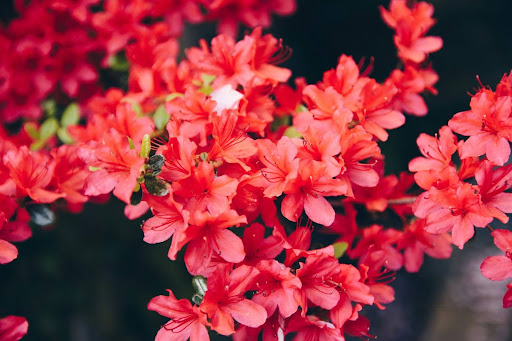By KENYA CHENEY
Contributing Writer
Catharsis is defined as the releasing, and thereby providing relief from.
This is the name of Angela Kelly’s latest art collection that has arrived at
Piedmont’s very own Mason-Scharfenstein Museum of Art. The collection features
Kelly’s cinematic sense of photography.
The photos are inspired by her home of Belfast, Ireland and the post-war
conflict; a captivating collection taking the audience to Kelly’s home and past.
It’s a modern time machine, in a sense. Kelly claims that her collection is
focused around the sense of not documenting, but the sense of how to document
something that is no longer there. Her collection does very much that.
The conflict in Belfast occurred in the 20th century. This conflict separated
Northern Ireland into Protestants and Catholics. The Protestants feared being under
British rule.
In 1999, the Clinton Administration brought a peace agreement to Ireland.
Ten years later, Kelly decided to photograph post-conflict Ireland.
She returned to her home only to find that it wasn’t her home anymore. The
Belfast she knew in her youth, was now a different Belfast. She decided to walk
along the Peace walls on the Protestant side. All of the photographs in the collection
were once ‘Trouble Sites’ and were taken on the Protestant side of the Peace wall.
The photographs display a very documentary-like, cinematic atmosphere.
Her past photos from her own personal photo album are displayed beside the larger
photos of modern day post-conflict Belfast.
Each piece contains the geographical coordinate points underneath the photo
indicating the historical and military meaning. The photos have a very subtle charm
about them and the history is revealed through the lens.
Kelly is currently working on a photobook based off of the potato famine in
Ireland.
Navigator: What advice would you give to aspiring photographers?
Angela Kelly: Be true to yourself, learn as much about the technology as
possible, but remember it’s not all about cameras and lenses. Have a point of view
and the only way you will develop a point of view or have a point of view is if you
take an interest in the world.
N: Do you have a favorite picture in the collection?
AK: I tend to love the last thing I did rather than the first thing I did. There
are a couple photographs I love for different reasons. The photograph that was used
on the invitation, which is of the blue wall I think is formally very beautiful.
N: Do you have anyone who influences you with your work?
AK: I feel that the documentary legacy is important to me and the early
photographers like Dorothy Lange who had a social conscience. I’ve always enjoyed
Walker Evans, who helped me with my photographic eye and contemporary
photographers like Joel Sternfeld, who is from New York as well.
A reception for Kelly was held in the museum on Sept. 18 at 5 p.m. Her work
is now on display at the Mason-Scharfenstein Museum and will remain there
through Oct. 31.

